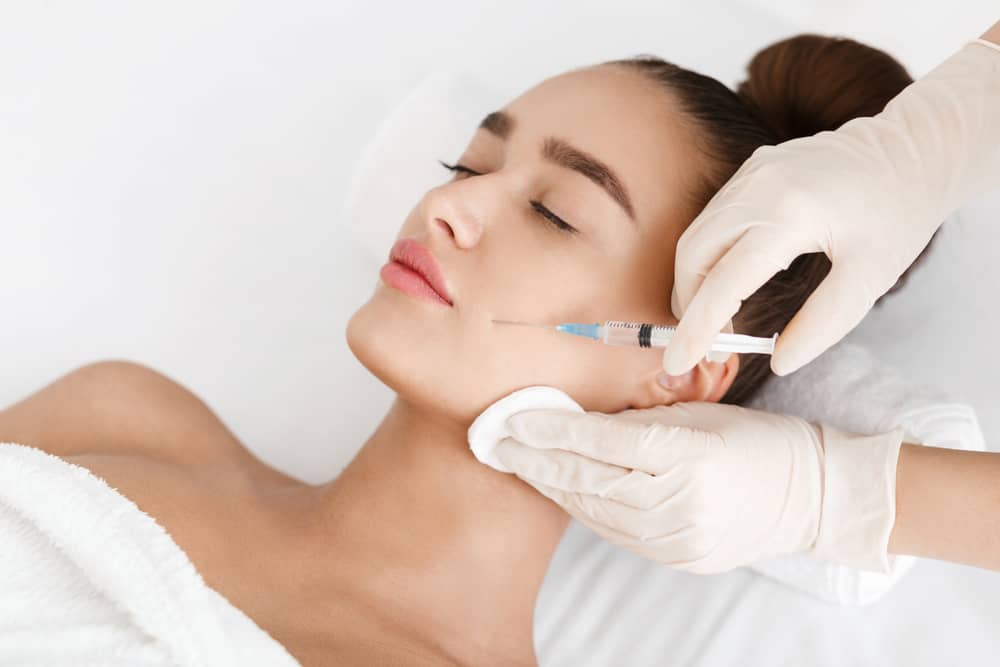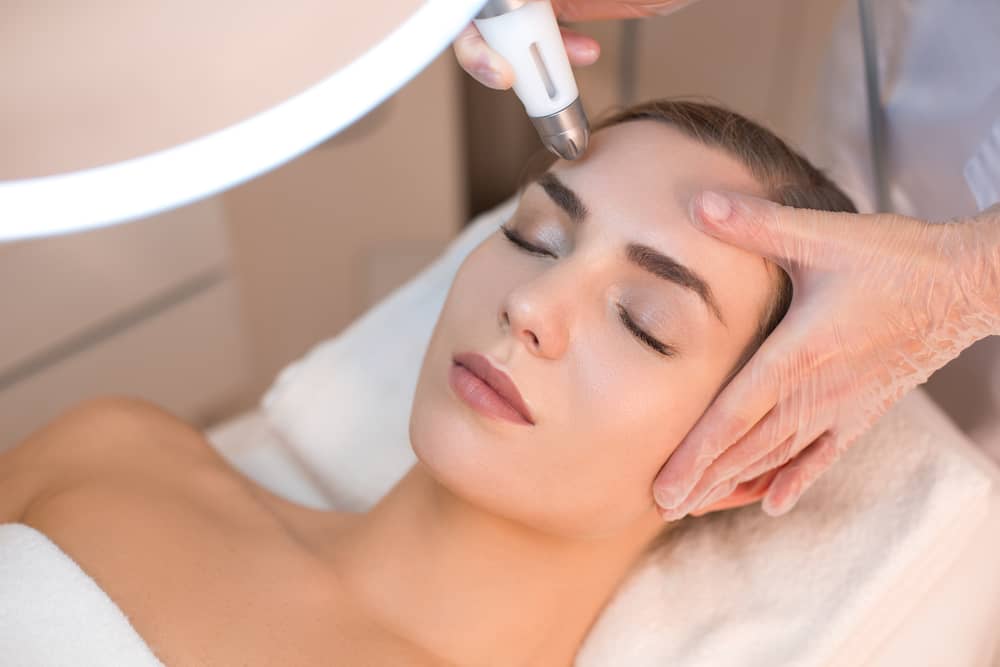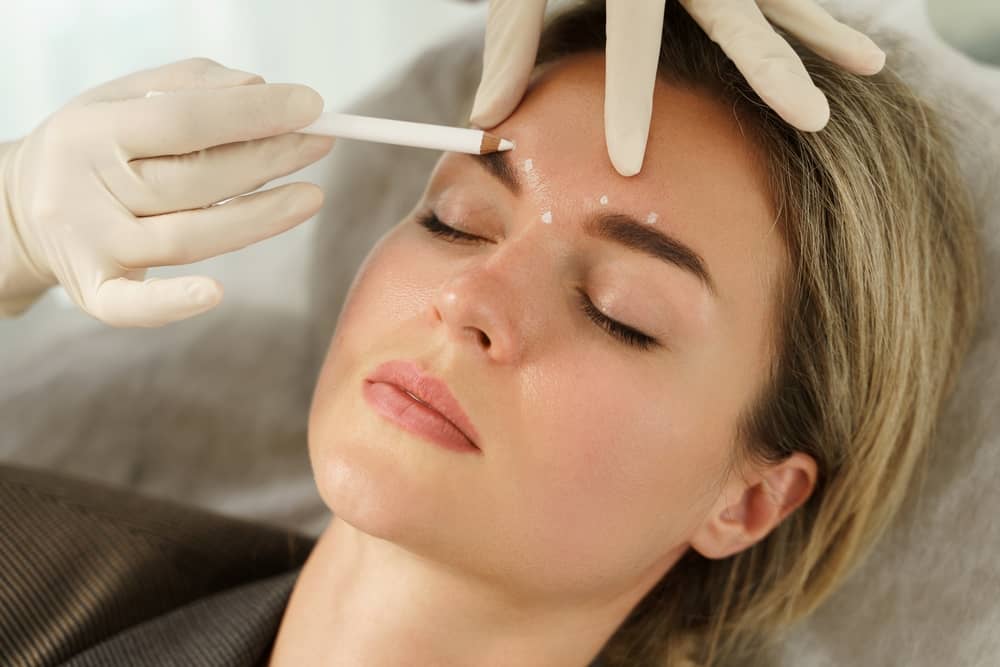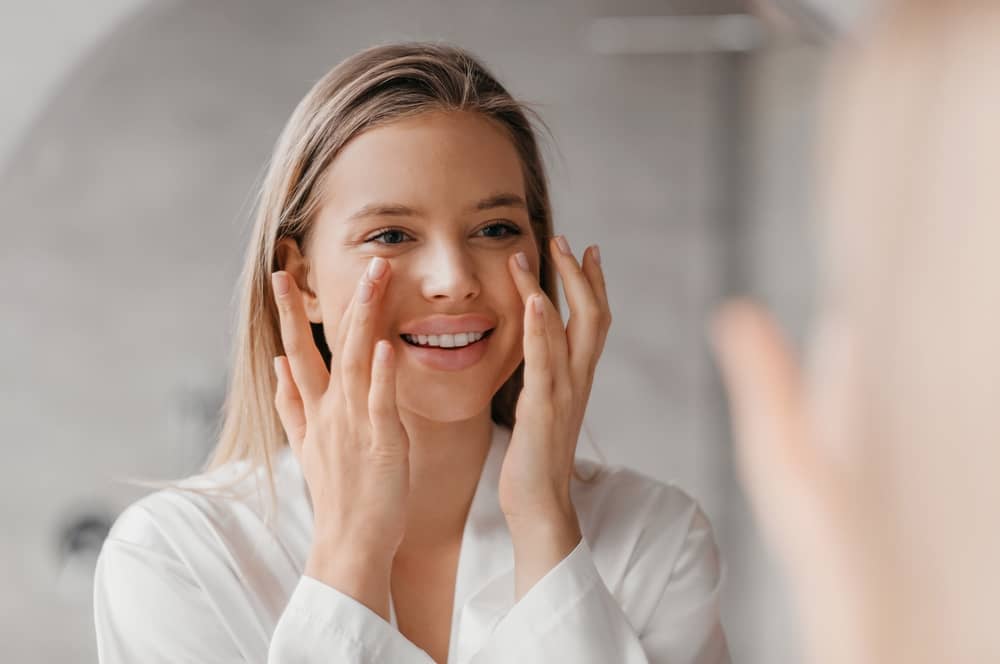If you’re a medical spa owner or aesthetic provider, you’ve probably noticed something shifting in your waiting room.
Your patients are getting younger. Much younger.
And they’re not just booking differently—they’re thinking about aesthetic treatments in an entirely new way.
This isn’t a trend. It’s a generational transformation backed by hard data from industry leaders including Guidepoint Qsight, the American Society of Plastic Surgeons, and Modern Aesthetics.
Gen Z and Millennials are redefining what it means to invest in your appearance. And if your practice isn’t paying attention, you’re missing the biggest growth opportunity in aesthetic medicine today.
The Numbers Tell the Story: Gen Z Aesthetic Patients Are Here
Let’s start with the facts.
In 2017, Gen Z accounted for just 4 percent of aesthetic patients. By 2024, that number jumped to 10 percent, according to Guidepoint Qsight’s Trends Reshaping the Medical Aesthetics Industry report.

Nearly one in three adults aged 18 to 24 has already undergone a non-surgical aesthetic treatment such as Botox or dermal fillers. Women’s Health Magazine reports that Botox use among those 19 and younger rose 9 percent between 2022 and 2023 alone.
But Gen Z isn’t the only demographic driving growth in medical aesthetics.
Millennials—now in their prime earning years—remain the field’s growth engine. The American Society of Plastic Surgeons reports that almost 30 percent of surgeons have doubled their business compared with pre-pandemic years, driven largely by patients aged 31 to 45.
The American Academy of Facial Plastic and Reconstructive Surgery found that three-quarters of its members now see a surge in clients under 30.
What does this mean for your practice? The “typical” aesthetic patient is no longer middle-aged. It’s multi-generational. And each generation brings different motivations, expectations, and spending behaviors.
Prejuvenation: How Gen Z Is Rewriting the Aging Timeline
Gen Z has introduced a completely new philosophy to aesthetic medicine: prejuvenation.
Instead of waiting until signs of aging appear, Gen Z patients are starting maintenance care in their late teens and early twenties. The Preventive Aesthetics Era blog describes this approach as treating early to prevent rather than correct.

Dermatology Times observes that Gen Z typically requests smaller doses—what the industry calls “baby Botox,” micro-fillers, and gentle lip balancing. On average, Gen Z patients use one syringe per session compared with Millennials’ two to three.
Their aesthetic goals center on harmony and preservation, not transformation.
Social platforms like TikTok and Instagram reinforce this mindset daily, creating a filtered-but-natural aesthetic standard that feels attainable and desirable to younger consumers.
For medical spas and aesthetic practices, this means adapting your consultation approach. Gen Z aesthetic patients aren’t looking for dramatic before-and-afters. They want subtle enhancements that look like they were born with them.
Millennial Aesthetic Treatments: Strategic and Results-Driven
While Gen Z focuses on prevention, Millennials take a holistic, layered approach to aesthetic care.
Now in their peak earning years, Millennial patients often combine preventive and corrective treatments—layering Botox, dermal fillers, microneedling, and advanced skincare into comprehensive aesthetic treatment plans.
Plastic Surgery Hub reports their leading surgical requests include breast augmentation, rhinoplasty, and liposuction, while non-surgical aesthetic treatments remain their core routine.
Modern Aesthetics found that 91 percent of younger Millennial women dislike at least one physical feature, and 67 percent say they’ve visited a med spa or plastic surgery clinic.
For Millennials, aesthetic medicine equals self-investment. It’s a professional confidence strategy as much as a personal one. They view cosmetic treatments as part of career development, relationship confidence, and overall wellness—not vanity.

This generation spends strategically. According to Forbes, Millennials allocate about $115 a month on aesthetic services and are 51 percent more likely to increase discretionary spending in the next year.
For providers, this presents a clear opportunity: offer comprehensive aesthetic treatment packages that address multiple concerns and deliver measurable, long-term results.
Social Media and Aesthetic Demand: The Influencer Effect
Here’s a stat that should make every medical spa owner pay attention: A Credit Karma survey revealed that 55 percent of Gen Z and 45 percent of Millennials feel compelled to pursue cosmetic procedures after seeing influencers’ posts.
Nearly half of Gen Z admitted social media makes them spend money they don’t actually have.
The impact runs deeper than impulse purchases. Studies published in Preminger MD and PMC Journal of Plastic Surgery found that 70 percent of young women and 60 percent of young men report body dissatisfaction tied directly to social media imagery.
When filtered perfection becomes the baseline “normal,” real-world aesthetic procedures start to feel like maintenance, not makeover.
This creates both opportunity and responsibility for aesthetic providers.
On one hand, social media platforms—especially TikTok and Instagram—are driving unprecedented awareness and demand for non-surgical aesthetic treatments.
On the other hand, practitioners must navigate the ethical complexity of treating patients whose expectations may be shaped by unrealistic digital standards.
The solution? Education-first marketing that shows real results, sets realistic expectations, and builds trust through transparency.

Beauty Budgets: What Gen Z and Millennials Spend on Aesthetics
Understanding generational spending patterns helps you position your medical spa services effectively.
Millennials hold the spending power, allocating approximately $115 monthly to aesthetic services, according to Forbes. They’re also more likely to book combination treatments and commit to long-term aesthetic maintenance plans.
Gen Z spends less—roughly $95 a month—but their influence rivals their purchasing power. Aesthetic Medicine SA and Premium Beauty News both report that Gen Z favors single-session, cost-effective aesthetic treatments and responds strongly to TikTok-driven trends.
What matters most to Gen Z? Transparent pricing, flexible financing options, and “value over volume.”
For clinics, pricing clarity builds conversion faster than any promotion. When you clearly communicate costs, treatment expectations, and financing options upfront, you earn trust—and trust translates directly into bookings.
The Normalization of Aesthetic Medicine
Celebrity openness and influencer honesty have normalized cosmetic procedures once considered taboo.
Rolling Out Magazine and McKinsey both highlight how aesthetic treatments have merged with mainstream wellness culture. Gen Z treats them as self-expression; Millennials treat them as self-optimization.
Both generations prefer prevention over correction—echoing a broader cultural embrace of aging well rather than fighting age itself.
This normalization means aesthetic medicine is no longer a “secret” patients hide. They talk about it openly, share their experiences on social media, and recommend providers to friends.
For medical spas, this creates a powerful referral environment—but only if you deliver experiences worth sharing.
Innovation in Aesthetic Technology: What Younger Patients Want
Younger consumers are driving demand for safer, subtler aesthetic technology.
McKinsey’s 2024 Future of Wellness report notes rising demand for efficacy, personalization, and minimal downtime.
Clinics are responding with:
Biostimulatory injectables such as Sculptra and Radiesse that rebuild collagen naturally rather than simply adding volume.

Energy-based devices—including RF microneedling, HIFU, and hybrid lasers—that deliver lifting and toning with minimal recovery time.
Customized aesthetic treatment plans tailored to individual skin tone, lifestyle, and aesthetic goals, a trend documented in The Aesthetic Guide and Dermatology Times.
Innovation in medical aesthetics now means subtlety and personalization, not excess or one-size-fits-all approaches.
How Medical Spas Can Connect with Younger Aesthetic Patients
According to Nextech Medical’s Five Gen Aesthetics Report, practices successfully connecting with younger patients share one defining trait: authenticity.
Here’s what that looks like in practice:
Teach before you sell. Use blogs, Instagram Reels, TikTok videos, and Q&A content that educates rather than promotes.
Feature diverse patients and real results. Show a range of ages, skin tones, and aesthetic goals. Avoid overly filtered or unrealistic imagery.
Partner with micro-influencers known for transparency and authenticity rather than perfection.
Post clear costs and financing details. Remove the guessing game. When patients know what to expect financially, they’re more likely to book.
Aesthetic Medical Practitioner adds that Gen Z and Millennials reward honesty over hype. When you educate, you earn permission to market.
The Ethical Responsibility: Treating Younger Aesthetic Patients

With younger patients come new professional responsibilities.
Experts writing for Plastic Surgery Practice and Preminger MD urge practitioners to evaluate mental health factors, ensure informed consent, and set realistic expectations—especially with patients whose aesthetic goals may be influenced by social media.
The American Academy of Facial Plastic and Reconstructive Surgery emphasizes that transparency during consultation is now a defining marker of professionalism in aesthetic medicine.
In an era where trust spreads faster than trends, ethics equal advantage.
Practitioners who prioritize patient well-being over profit, who turn away inappropriate candidates, and who educate rather than oversell will build the strongest reputations and the most loyal patient bases.
The Future of Medical Aesthetics: Prevention, Lifestyle, and Identity
From Guidepoint Qsight to Boston Consulting Group, industry consensus is clear: aesthetic medicine is shifting from correction to prevention, from luxury to lifestyle, and from image to identity.
As Gen Z enters its prime earning years and Millennials move into leadership roles, their influence will reshape every facet of aesthetic care—from marketing strategies to treatment methods to the very mindset of what “beautiful” means.
Medical spas and aesthetic practices that listen, educate, and adapt will lead.
Final Thoughts: Building Trust with the Next Generation of Aesthetic Patients
Beauty standards evolve. But integrity, empathy, and education never go out of style.
Gen Z and Millennials aren’t waiting to “age gracefully.” They’re choosing to age intentionally—and the aesthetic providers who help them do it honestly, ethically, and effectively will define the future of medical aesthetics.
The opportunity is real. The data is undeniable. And the practices that embrace this generational shift with authenticity and expertise will thrive.
Need help turning complex data into patient-friendly content that converts?
Contact me today to schedule your consultation and discover how educational, compliant, and emotionally intelligent copywriting can help your aesthetic practice connect—and grow—with clarity and trust.
Evelyn M. Durnell, RN
Medical Aesthetic Copywriter | The Perfected Proof LLC

View comments
+ Leave a comment